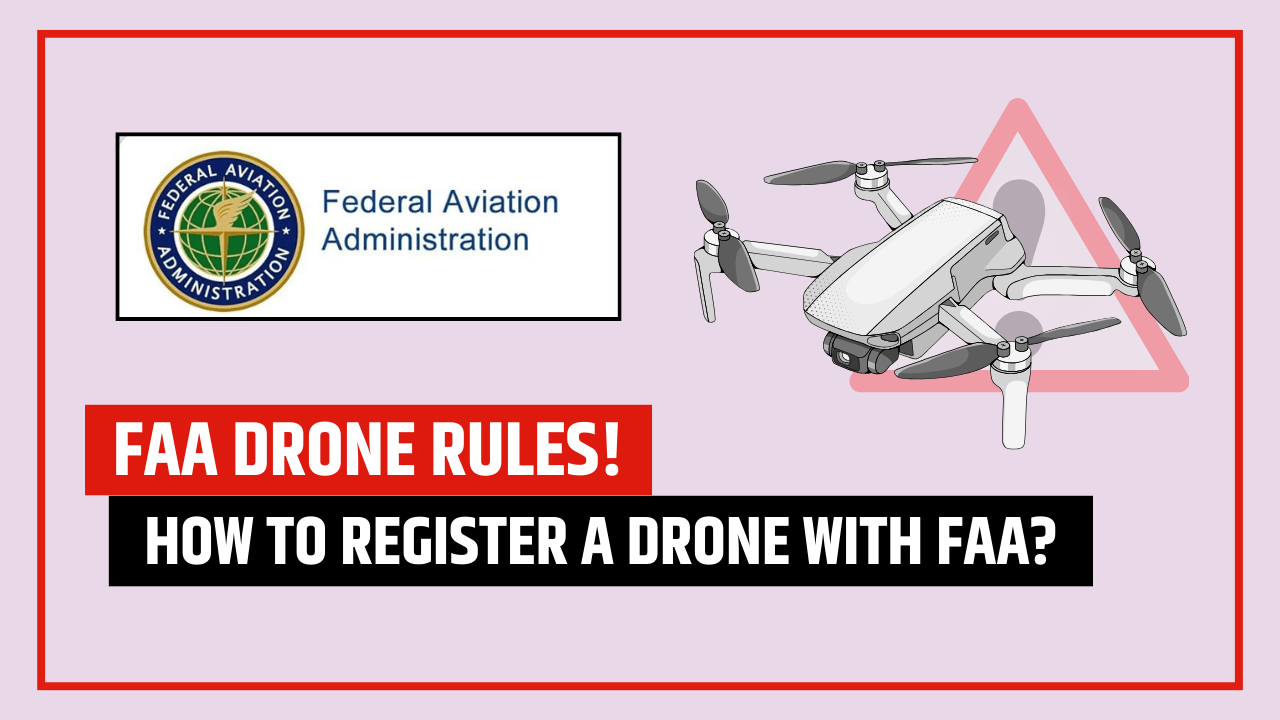Drones have become a big part of modern life, from capturing stunning aerial views to helping in deliveries and land surveys. But before you launch your drone into the sky, it’s important to know the legal steps involved. Whether you’re flying just for fun or using a drone for your business, the Federal Aviation Administration (FAA) has set clear rules to make sure everyone flies safely and responsibly.
In this guide, you’ll get a clear and simple breakdown of how to register your drone, when you need a license, and where you’re allowed to fly. No complicated terms; just easy-to-follow steps that help you avoid trouble while enjoying your flight. Whether you’re a first-time flyer or thinking about earning money with your drone, this article will walk you through everything you need to know.
Table of Contents
How to Register Your Drone in the US

If your drone weighs more than 0.55 pounds (250 grams) and less than 55 pounds (25 kilograms), the FAA requires you to register it — whether you’re using it recreationally or for business. Drones heavier than 55 pounds or used for special tasks like agriculture follow separate rules.
Steps to Register:
Go to FAA DroneZone:
Start by visiting the official FAA DroneZone website and create an account.Enter Your Details:
Fill in your personal info, like your name and email. You’ll also need your drone’s make and model.Pay the Registration Fee:
A small $5 fee covers three years of registration. For personal use, one registration covers all your drones. If you’re flying commercially, each drone must be registered individually.Download Your Certificate:
After payment, you’ll receive a certificate of registration. Make sure to download and print it — you must carry it every time you fly.Label Your Drone:
Put your registration number somewhere visible on your drone, or inside a compartment (as long as you don’t need tools to open it).
Flying Without a License: What You Need to Know
If you’re flying just for fun, you don’t need a license. But you do need to follow recreational drone rules set by the FAA.
A key requirement is completing The TRUST (The Recreational UAS Safety Test). It’s free, available online, and ensures you understand basic flying safety and rules.
Flying for Business? You’ll Need a License
If you plan to use your drone for commercial purposes — like aerial photography, mapping, or deliveries — you’ll need a Remote Pilot Certificate under the FAA’s Part 107 rules.
How to Get It:
Take a Knowledge Test at an FAA-approved center.
The test covers airspace regulations, weather, emergency procedures, and more.
It usually costs around $175.
This license is essential for anyone earning money with their drone.
Already a Certified Pilot?
If you hold a traditional Part 61 pilot certificate, you don’t need to take the full test again. You can complete an online course about drone flying under Part 107 and you’ll be certified to fly drones commercially.
Where Can You Fly?
The FAA has specific rules about where drones can and can’t fly.
Check Airspace: Use apps like B4UFLY to make sure you’re not flying in restricted zones like near airports or stadiums.
Stay Legal: Avoid flying over crowds, moving vehicles, or private property without permission.
Public Parks Are Usually Okay: Open public areas are generally safe for flying, but always double-check local rules.
What is Remote ID?
Remote ID is like a digital license plate for drones. It helps authorities identify drones while they’re flying. By September 2023, most drones in the US need to comply with Remote ID rules. Your drone will need to broadcast its location and identity while in the air. This makes the skies safer for everyone.
FAQ regarding Drone Registration in The USA
Do I need to register my drone in the USA?
Yes, if it weighs between 0.55 and 55 pounds, registration is required.
What does it cost to get a drone license?
The commercial Part 107 test costs around $175.
What happens if I skip registration?
You could face civil fines up to $27,500.
Can I fly my drone near my house?
Yes, but not over people, moving cars, or private areas without permission.
What drones don’t need a license?
Drones under 0.55 pounds flown for fun don’t need a license — but you still need to follow FAA safety rules.


